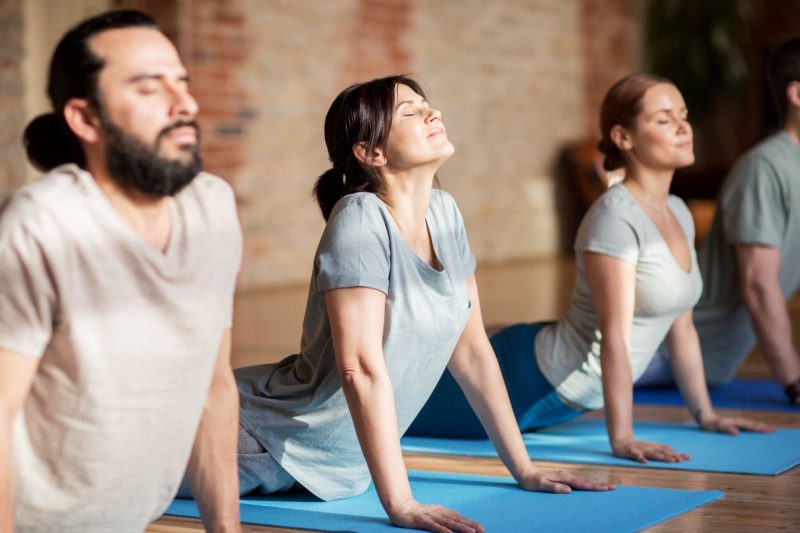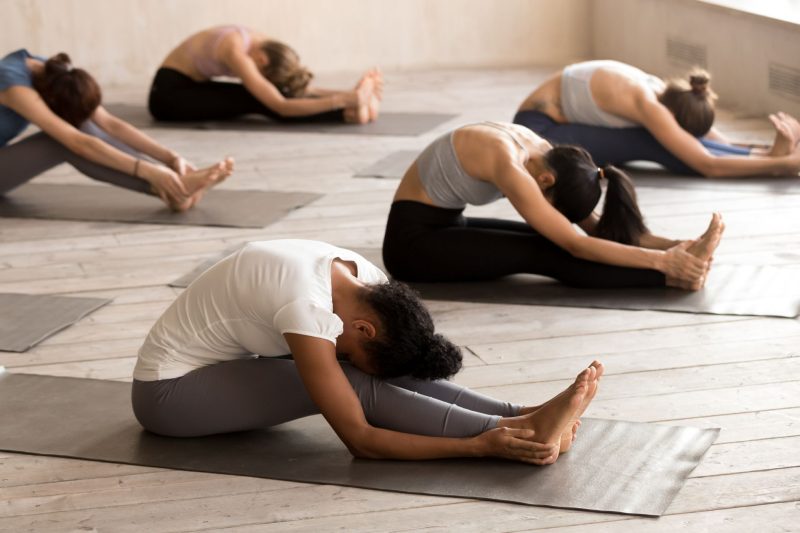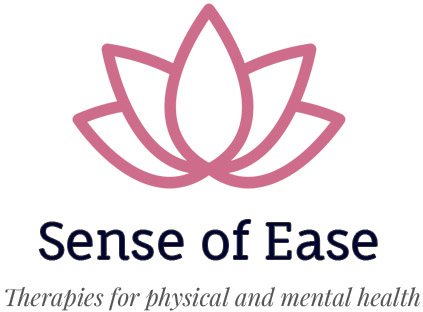Zen Yoga
Combines the awakening practice of mindfulness with exercise to boost your vitality, health and wellbeing
Rather than a set, fixed sequences of movements, we explore postures best suited to the needs of the moment. In zen yoga we work with three intertwined areas – physical alignment, the flow of energy in the body, and awareness (or mindfulness).
Each pose taught brings new parts of the body into focus so that we can become aware of any tightness or restriction. As we bring our awareness to these areas of tension, they begin to shift and release. It is an invitation to step away from our assumptions of how a pose should look or feel and explore how it actually is for us without judgement or criticism. Zen yoga practice helps to melt away the tightnesses and resistances that prevent us from enjoying the flow of life.

Zen yoga as a variety of physical and energetic practices that can be found within the Zen Buddhist tradition, which is increasingly being taught in the West. Some Zen temples include an exercise period, often early in the morning, including yoga- like postures, quick repetitive exercises, and/or more flowing exercises reminiscent of Tai Chi. These exercises are designed to open and unblock the body in preparation for sitting meditation, develop a deeper awareness of the body, and as an opportunity to practice “becoming one” with what’s happening in the moment.
Zenways describe Zen practice in general, and Zen Yoga in particular, emphasises three intertwined areas – physical alignment, the flow of energy in the body and awareness or mindfulness
Alignment: In Zen physical alignment and awareness of our posture is highly emphasised. In seated meditation they seek to establish an erect spine and the “nose in a vertical line with the belly button and our ears in level with our shoulders”. Correct, appropriate posture is then carried out into all activities, including yoga.

Flow of energy: One of the reasons why aligned posture is so encouraged is because it powerfully influences both our mind-state and our energy. Underlying Zen is a conception of the human system as an energetic phenomenon. This energy or qi is seen as something that can be enhanced or depleted. Furthermore the courses of energy flow are not random but follow particular directions and routes. This energy has two basic dimensions – one that influences our health, wellbeing and emotional state, and one that takes us beyond any particular state to a condition of non-dual awareness.
Mindfulness: In yogachara philosophy there are four bases of mindfulness – mindfulness of the body, of sensations, of the mind and the nature of reality (phenomenon). With yoga practice we are primarily concerned with the body and sensations. The application of non-judgemental awareness to the human body has a profound effect. Zen master Daizan Skinner states the Buddha himself is recorded as saying, “There is one thing that leads to happiness in the present and liberation in the future; and what is this one thing? It is mindfulness of the body.” How do we find this happiness and liberation? Strangely enough it is through coming face-to-face with our unhappiness and reactivity – in this case as they manifest in the body. It is a truism in psychotherapy that “the issues are in the tissues”. Bringing attention to areas of tightness, resistance and closure tends to unblock them.
17th Century Zen master Hakuin said that
“Buddhas are like water where ordinary people are like ice”.
Our mindfulness can be the sunlight that melts our frozen or blocked areas on the physical, mental, emotional or any other level.
